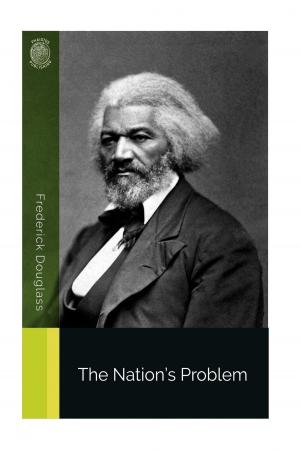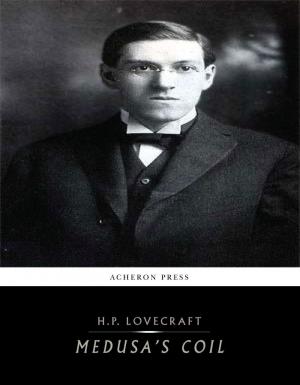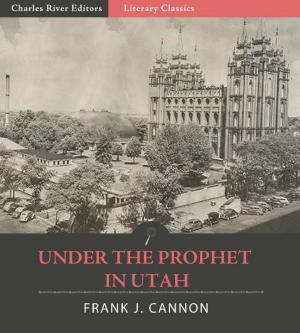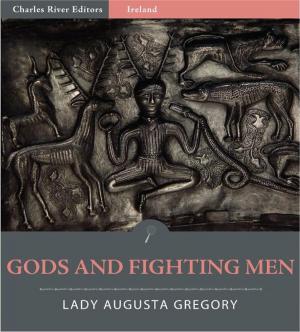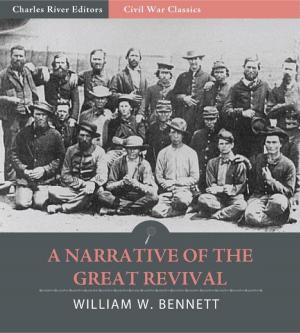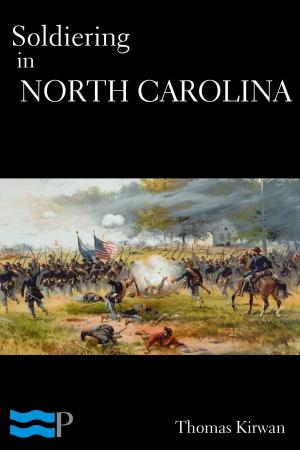The Greatest Revolutionary War Battles: The Battle of Bunker Hill
Nonfiction, History, Revolutionary, Americas, United States, Revolutionary Period (1775-1800)| Author: | Charles River Editors | ISBN: | 9781475323337 |
| Publisher: | Charles River Editors | Publication: | April 20, 2013 |
| Imprint: | Language: | English |
| Author: | Charles River Editors |
| ISBN: | 9781475323337 |
| Publisher: | Charles River Editors |
| Publication: | April 20, 2013 |
| Imprint: | |
| Language: | English |
*Discusses some of the famous legends of the battle and whether they are accurate. *Includes pictures of the battle's important generals.*Includes several maps of the battle.*Includes accounts of the fighting written by witnesses and soldiers. *Includes a Bibliography for further reading.*Includes a Table of Contents."We have... learned one melancholy truth, which is, that the Americans, if they were equally well commanded, are full as good soldiers as ours." A British officer after the Battle of Bunker HillOn April 19, 1775, the “shot heard round the world” was fired at Lexington, officially starting the Revolutionary War between the colonists and the British Empire. Though Lexington and Concord were the scenes of the first fighting, contingency plans had been made on both sides for war, and immediately after the Battles of Lexington and Concord, the colonial militia men who had poured in from across the countryside converged on Boston, which at the time was a peninsula with a small neck attaching it to the rest of Massachusetts. With the Charles River surrounding it on three sides, Boston was an ideal city to lay siege to. Initially, the militias blocked off the land approaches to Boston, but when 4,500 more British soldiers arrived by sea, the American forces fell back to adjacent hills on the Charlestown Peninsula, Breed's Hill and Bunker Hill. At this time, the colonists and colonial forces were still unclear of their ultimate goals; the Second Continental Congress would not formally declare independence for another year. During the first few months of the fighting, the British tried on several occasions to lift the siege with force, and the most memorable attempt was what became known as the Battle of Bunker Hill. On June 17, 1775, the British Navy fired on Charlestown from the Charles River and then landed an estimated 3,000 British regulars on the peninsula. The British soldiers attempted multiple charges against about 1,500 defenders who were fairly well entrenched on Breeds Hill, one of the hills behind Charlestown, and it took three attempts to force the colonists back to Cambridge. The British suffered a heavy price, losing over 1,000 British soldiers killed or wounded, compared to only 450 casualties for the colonists, who had stood toe to toe with the vaunted redcoats until ammunition ran low. Bunker Hill would end up being the bloodiest battle of the entire Revolutionary War, and it had a critical impact on the morale of what would become the Continental Army and the ultimately successful siege of Boston. Given its importance, the battle remains well known among all Americans, and perhaps not surprisingly some of the myths and legends surrounding the battle and its participants remain the best known aspects of the fighting. The Greatest Revolutionary War Battles: The Battle of Bunker Hill comprehensively covers the events that led up to the battle, the fighting itself, and the aftermath of the battle. Along with maps and pictures of important people, places, and events, you will learn about the Battle of Bunker Hill like you never have before, in no time at all.
*Discusses some of the famous legends of the battle and whether they are accurate. *Includes pictures of the battle's important generals.*Includes several maps of the battle.*Includes accounts of the fighting written by witnesses and soldiers. *Includes a Bibliography for further reading.*Includes a Table of Contents."We have... learned one melancholy truth, which is, that the Americans, if they were equally well commanded, are full as good soldiers as ours." A British officer after the Battle of Bunker HillOn April 19, 1775, the “shot heard round the world” was fired at Lexington, officially starting the Revolutionary War between the colonists and the British Empire. Though Lexington and Concord were the scenes of the first fighting, contingency plans had been made on both sides for war, and immediately after the Battles of Lexington and Concord, the colonial militia men who had poured in from across the countryside converged on Boston, which at the time was a peninsula with a small neck attaching it to the rest of Massachusetts. With the Charles River surrounding it on three sides, Boston was an ideal city to lay siege to. Initially, the militias blocked off the land approaches to Boston, but when 4,500 more British soldiers arrived by sea, the American forces fell back to adjacent hills on the Charlestown Peninsula, Breed's Hill and Bunker Hill. At this time, the colonists and colonial forces were still unclear of their ultimate goals; the Second Continental Congress would not formally declare independence for another year. During the first few months of the fighting, the British tried on several occasions to lift the siege with force, and the most memorable attempt was what became known as the Battle of Bunker Hill. On June 17, 1775, the British Navy fired on Charlestown from the Charles River and then landed an estimated 3,000 British regulars on the peninsula. The British soldiers attempted multiple charges against about 1,500 defenders who were fairly well entrenched on Breeds Hill, one of the hills behind Charlestown, and it took three attempts to force the colonists back to Cambridge. The British suffered a heavy price, losing over 1,000 British soldiers killed or wounded, compared to only 450 casualties for the colonists, who had stood toe to toe with the vaunted redcoats until ammunition ran low. Bunker Hill would end up being the bloodiest battle of the entire Revolutionary War, and it had a critical impact on the morale of what would become the Continental Army and the ultimately successful siege of Boston. Given its importance, the battle remains well known among all Americans, and perhaps not surprisingly some of the myths and legends surrounding the battle and its participants remain the best known aspects of the fighting. The Greatest Revolutionary War Battles: The Battle of Bunker Hill comprehensively covers the events that led up to the battle, the fighting itself, and the aftermath of the battle. Along with maps and pictures of important people, places, and events, you will learn about the Battle of Bunker Hill like you never have before, in no time at all.




